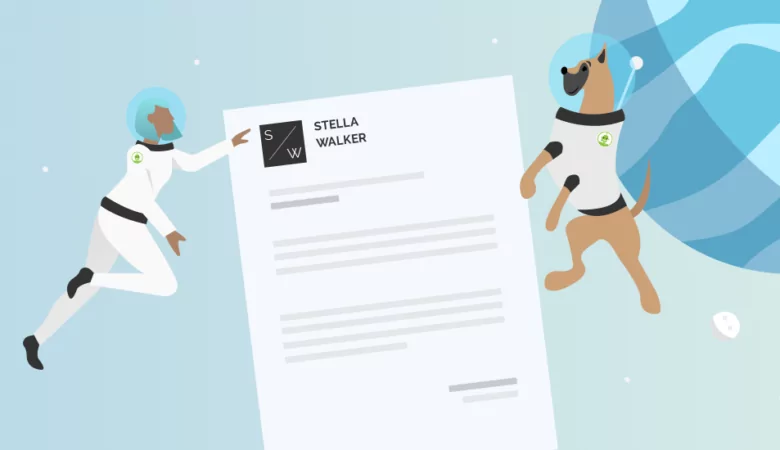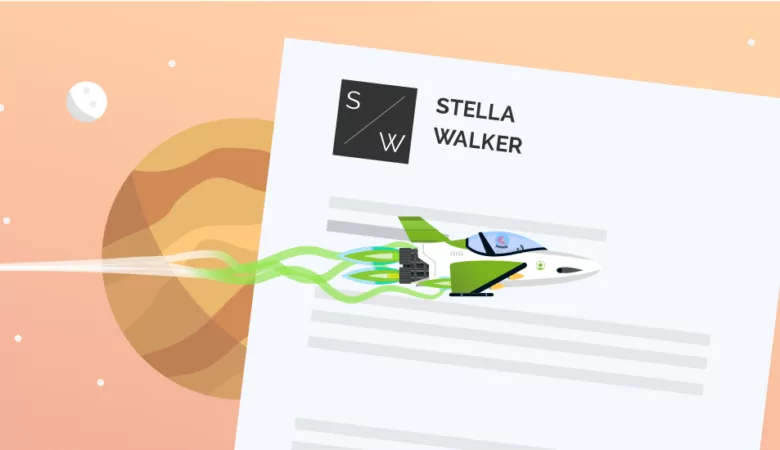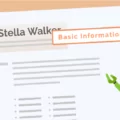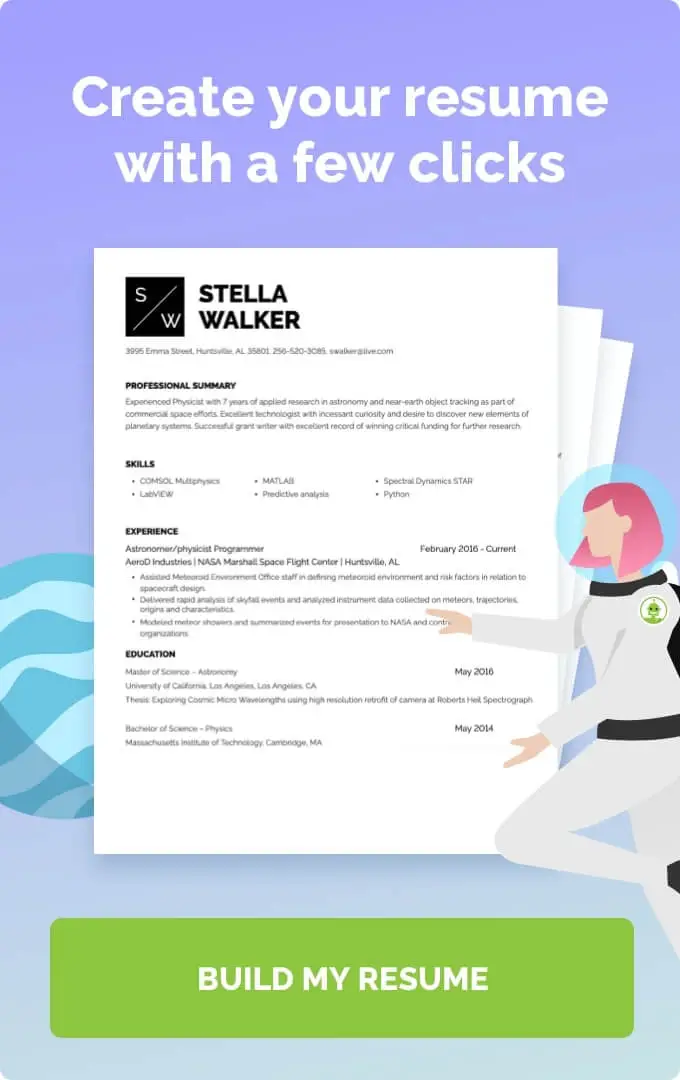A cover letter salutation is the true first impression that a hiring manager gets of you. How can you make sure you make the right impression?
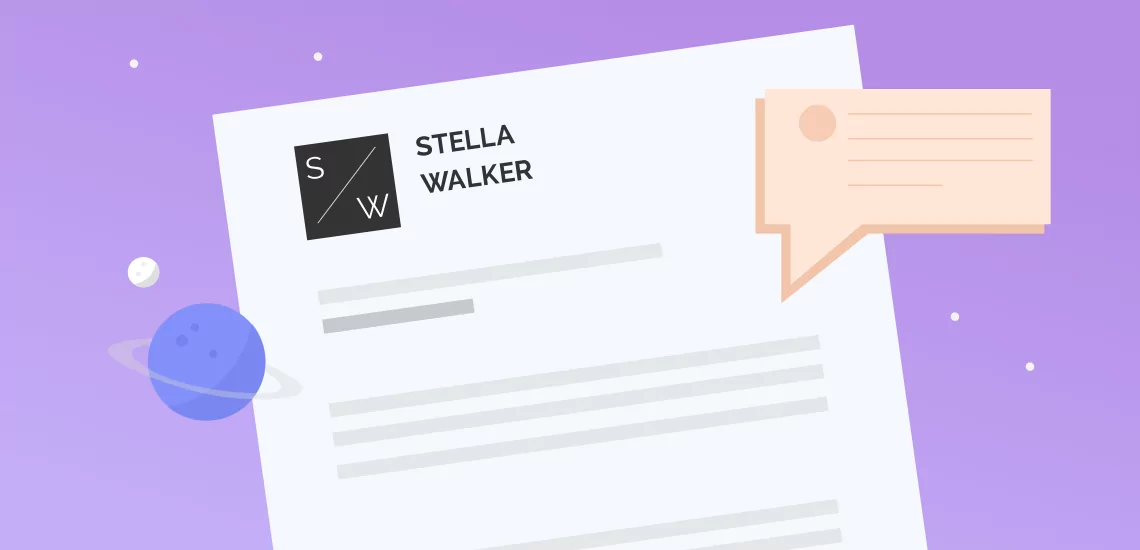
How to Create a Cover Letter Salutation With Style
Cover Letter Salutation
It’s important to leave a good first impression when applying for a job, and one of the first ways to make the right impression is in your cover letter greeting. If you’ve never thought about how a cover letter template might best feature a salutation, then it’s time to know how to write one.

What Is a Cover Letter Salutation?
The salutation is how you greet the recruiter who’s reading your cover letter. In person, the salutation would be like coming up to someone, shaking their hand, and introducing yourself. The best cover letter salutation will be formal, but it also will be personable enough that your professional employer doesn’t see it as cold. Remember that a cover letter is the first step to your job interview, so be careful constructing it.
Cover Letter Salutation Examples
So, what should you write for your cover letter salutation?
The best possible option is to use the name of the hiring manager. That would be “Dear Ms. Smith” or “Dear Mr. Smith.” Remember that “Mrs.” is based on marital status, which you don’t know, so “Ms.” is a safer option if the hiring manager is a woman. Some people worry about this because of names that aren’t gender-specific; if you find a “Casey Smith,” then you have no way of knowing if your contact person would be a Mr. or Ms. In this case, consider using the individual’s full name for your contact information, or doing some extra research, such as through looking at the company website, to determine which you should use.
If you absolutely can’t find your contact person’s name, then there are a few professional titles you can use instead of a name. That includes the following:
- Dear Hiring Manager
- Dear Human Resources
- Dear Human Resources Manager
- Dear Hiring Team
It’s still ideal to use a cover letter salutation that includes a specific name. However, if you can’t find a specific person, these are all potential options that can help.
Tips on Avoiding Problems in a Cover Letter Salutation
There are a number of cover letter tips to follow if you want a better shot at a job interview. Avoid these things if you’re trying to avoid a general problem with your potential employer.
-
Using an overly generic salutation.
It’s best to avoid salutations like “To whom it may concern” or “Dear sir or madam.” Not only are these very generic, but also they’re stuffy and old-fashioned. They may make it seem like you’re not up to date with other job seekers.
-
Formatting your salutation improperly.
Remember to include a comma after the salutation. Anything else comes off as sloppy.
-
Sending the same salutation for every job description.
When you write a cover letter, you need to personalize the salutation. Even if you’re not using the hiring manager’s name, you should still create a salutation that fits the specific job description.
-
Including a salutation in the subject line of an email cover letter.
An email cover letter has its own formatting that you should follow. The subject line should typically be your full name, plus the job you’re applying for. Your salutation will still go in the normal place.
-
Using a very familiar salutation.
You’re not friends with this hiring manager; you’re business colleagues. A formal salutation is much better than a familiar one.
As long as you follow these tips, you’ll be more likely to make a good impact, which can help you get a job more easily.
FAQ: Cover Letter Salutation
You should never start your cover letter with an informal greeting like “Hi” or “Hello.” These are very familiar greetings, and that can come off as too familiar for a cover letter. Treat your cover letter like a business letter and use a formal, professional opening phrase. The hiring manager’s name is the best option, but you can also use one of the other options on this page.
The salutation is the actual term that you use to open your cover letter – “Dear Mr. Smith,” for example. The introduction, on the other hand, is typically the opening paragraph of the cover letter. It introduces you to the hiring manager, showing that you’re the right person for a specific job posting.
A cover letter opening is just the same as a cover letter closing. When creating your sign-off, you should also be professional and formal. A professional cover letter sign-off includes “Sincerely” and “Best regards,” while an unprofessional sign-off may include phrases like “Love” and “Yours.”


